AI at Work: Closing the Gaps Between Anxiety and Opportunity
A closer look at the challenges and opportunities AI brings to the modern workforce.
AI is no longer a future tense conversation, it’s here. And it’s already reshaping how people work, often in ways leaders aren’t even aware of. A new survey by Gusto uncovers something profound and worthy of discussion: a quiet revolution unfolding inside the workplace. Interestingly, some mployees are not waiting for permission, policies, or playbooks. They’re experimenting, adopting, and in some cases, hiding their use of AI. Why? The answer depends. It could be to learn, stay competitive, reduce workload, or simply keep up.
The study is also a mirror that reflects the contradictions of our time: workers embracing AI while also fearing it, employers profiting from AI without sharing value, and organizations falling behind because they’re not ready to lead in this new age.
Authenticity
The study revealed a hidden revolution where workers are quietly integrating AI into their daily routines, often without their managers’ knowledge.
45% of employees have used AI at work without informing their manager, with Gen Z and tech workers being the highest demographic to do so.
1 in 4 workers overstate AI capabilities, creating a job market where authenticity takes a backseat to survival. Only 1/3 are transparent about AI skills.
Anxiety
Gusto analyzed Google Trends data for 100 AI job-related anxiety terms by state. Their findings show that California, Florida, and Texas top the nation for total AI job anxiety search volume.
The most commonly searched concern in high-anxiety states centers on “AI replacing jobs” and the broader “technology job market.
Dependency
The research also uncovered an “AI dependency divide.” Believe it or not, many American workplaces are refusing to integrate AI into their workflows. At the same time 36% of workers find AI essential for daily tasks and 32% use it regularly for specific tasks. And 23% say that work would be noticeably harder without AI.
Transparency
The research also found an “AI transparency gap” where only 32% explain which parts of their work were AI-assisted and 19% don’t mention AI was involved.
Value
Where is AI delivering value according to employees? Almost 1-in-4 say that they believe their company profits from AI but they see no personal benefit. 17% say that they’ve experienced increases in workload, but have seen no compensation benefits.
Adoption
Many workers are not waiting for organizational permission to integrate AI into their daily routines. This means that governance must become a priority so that policies can keep up with risks and opportunities.
What It All Means
This research reveals a tension between progress and uncertainty. Some employees see AI as essential, even transformative, yet they don’t feel empowered or compelled to use it openly. Instead, they navigate a landscape of anxiety, dependency, and secrecy. The transparency gap is real: most people aren’t honest about how much AI shapes their output. The value gap is real too: employees believe AI benefits the company more than them personally.
I do believe that helping employees understand how to use AI to augment their thinking and work will do more than automate yesterday’s work. It will teach how to do what you couldn’t do yesterday. That’s transformative.
For business leaders, this should be a wake-up call. AI isn’t just another productivity tool. It’s already embedded in the daily operating system of your workforce. But without governance, trust, empowerment, and equitable value exchange, it becomes a shadow economy of skills and behaviors.
The future of work takes vision, design and definition, and training.
Either ignore it and risk losing authenticity, trust, and talent… or lean in, design for transparency, and create a culture where AI and people work together to unlock shared advantages and value creation.
—
Read Mindshift: Transform Leadership, Drive Innovation, and Reshape the Future
Visit BrianSolis.com
'


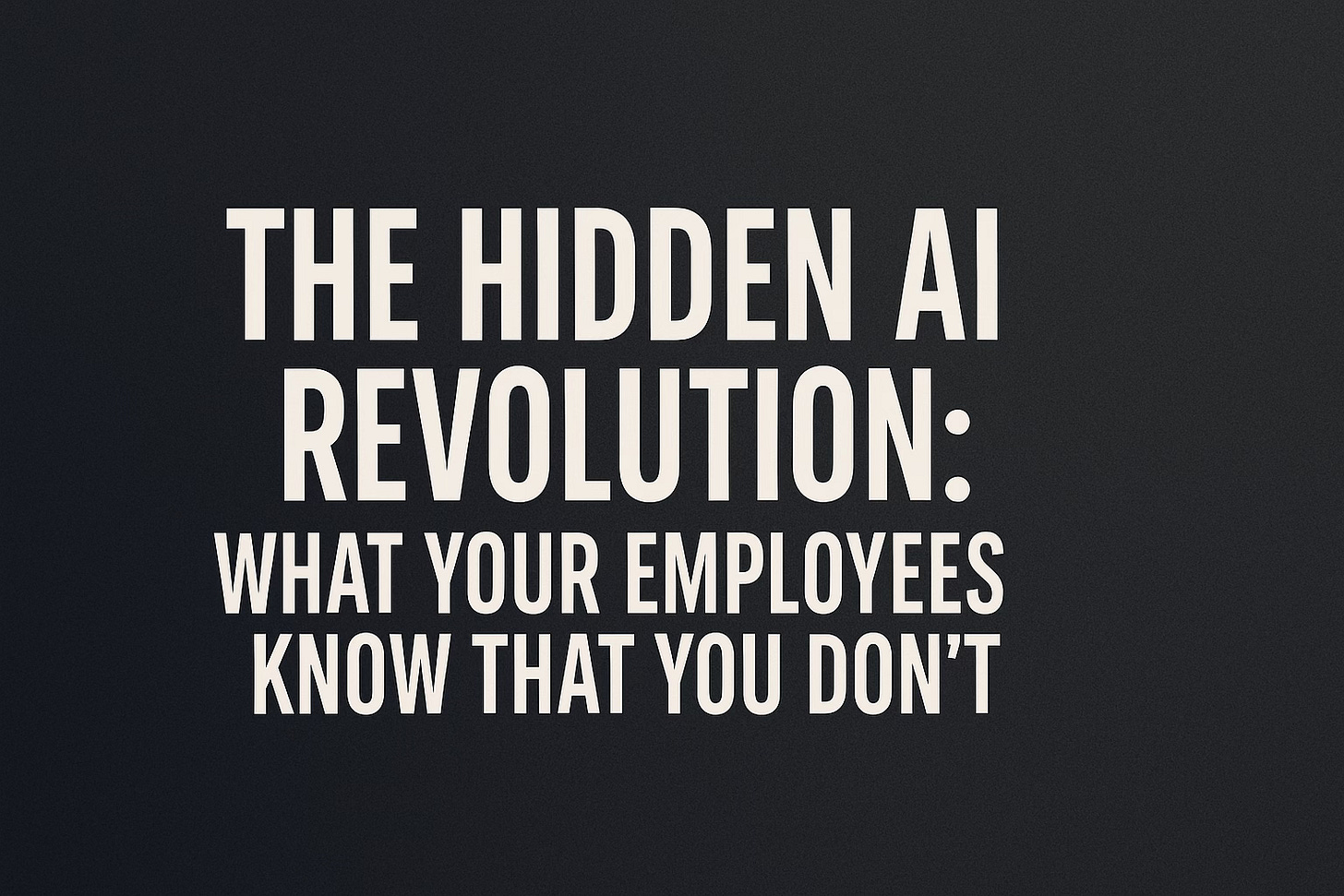
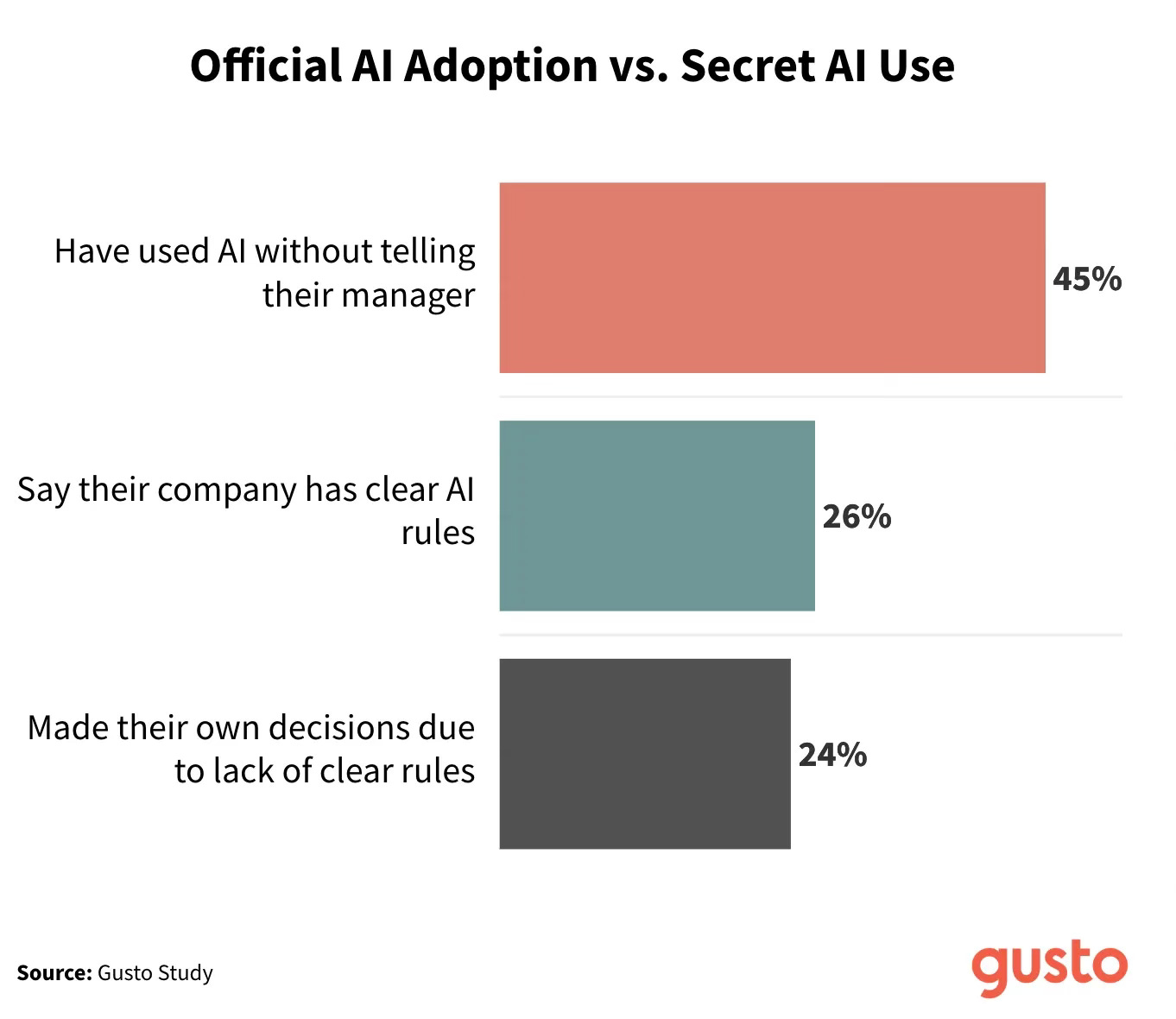
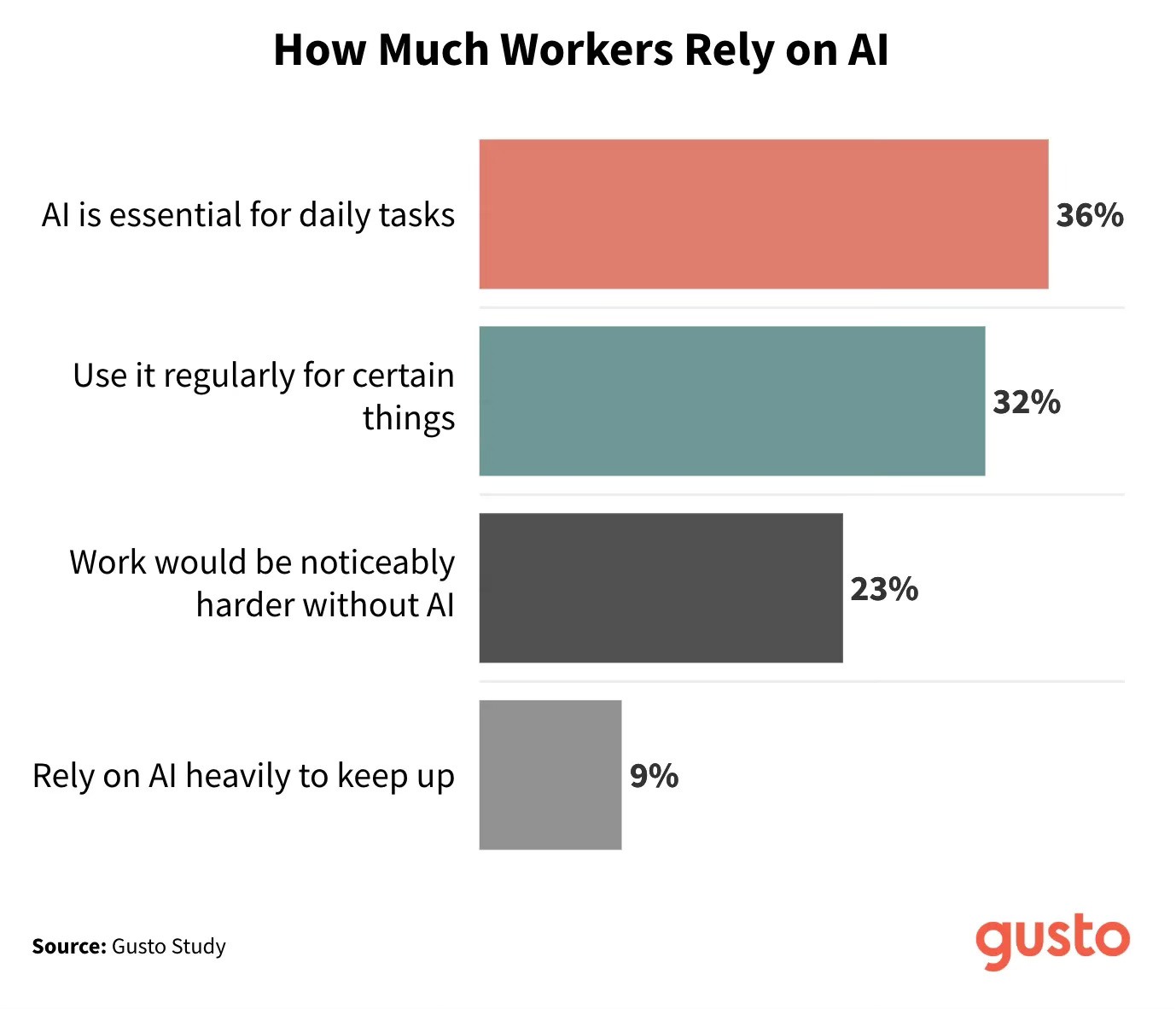
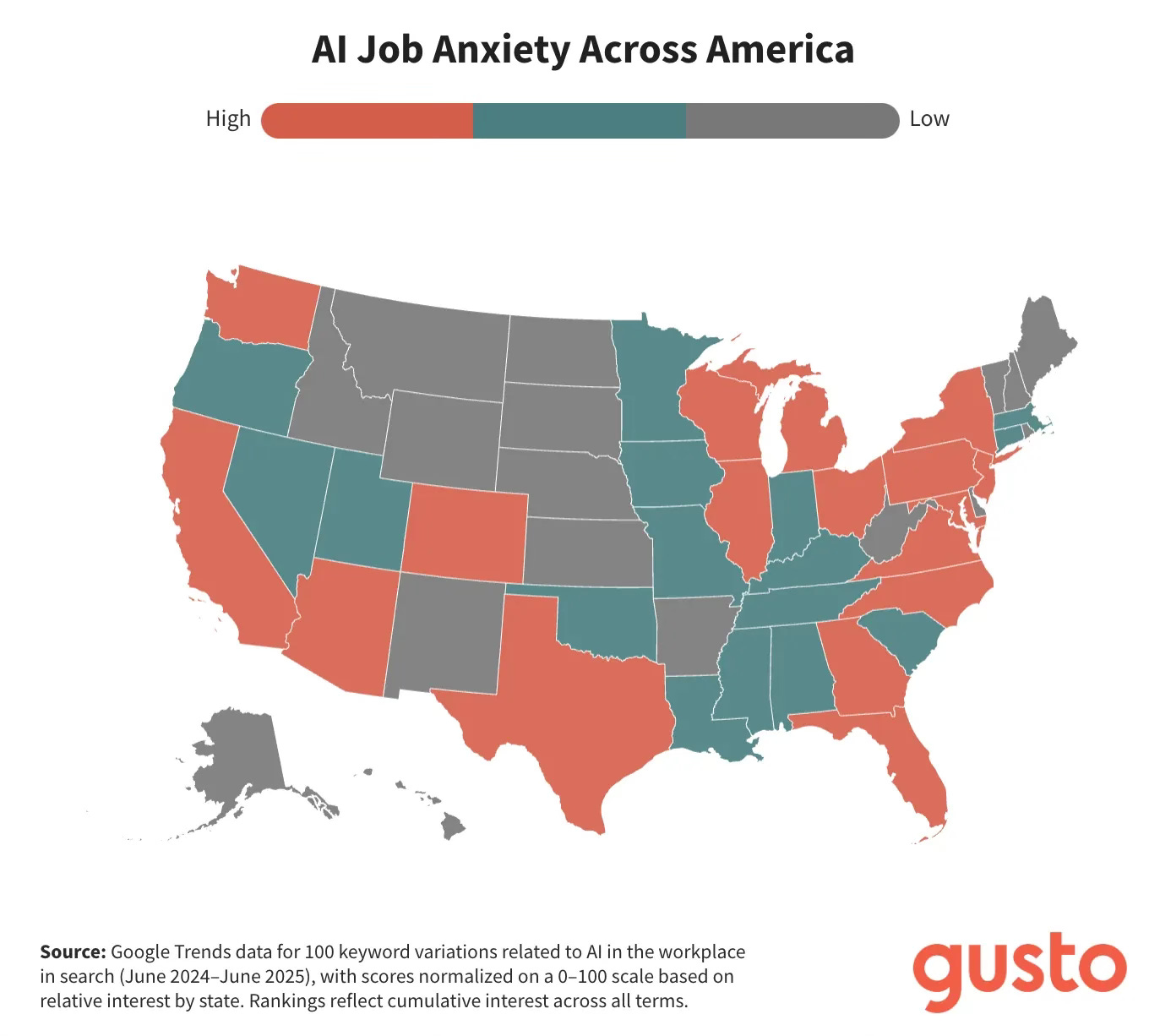
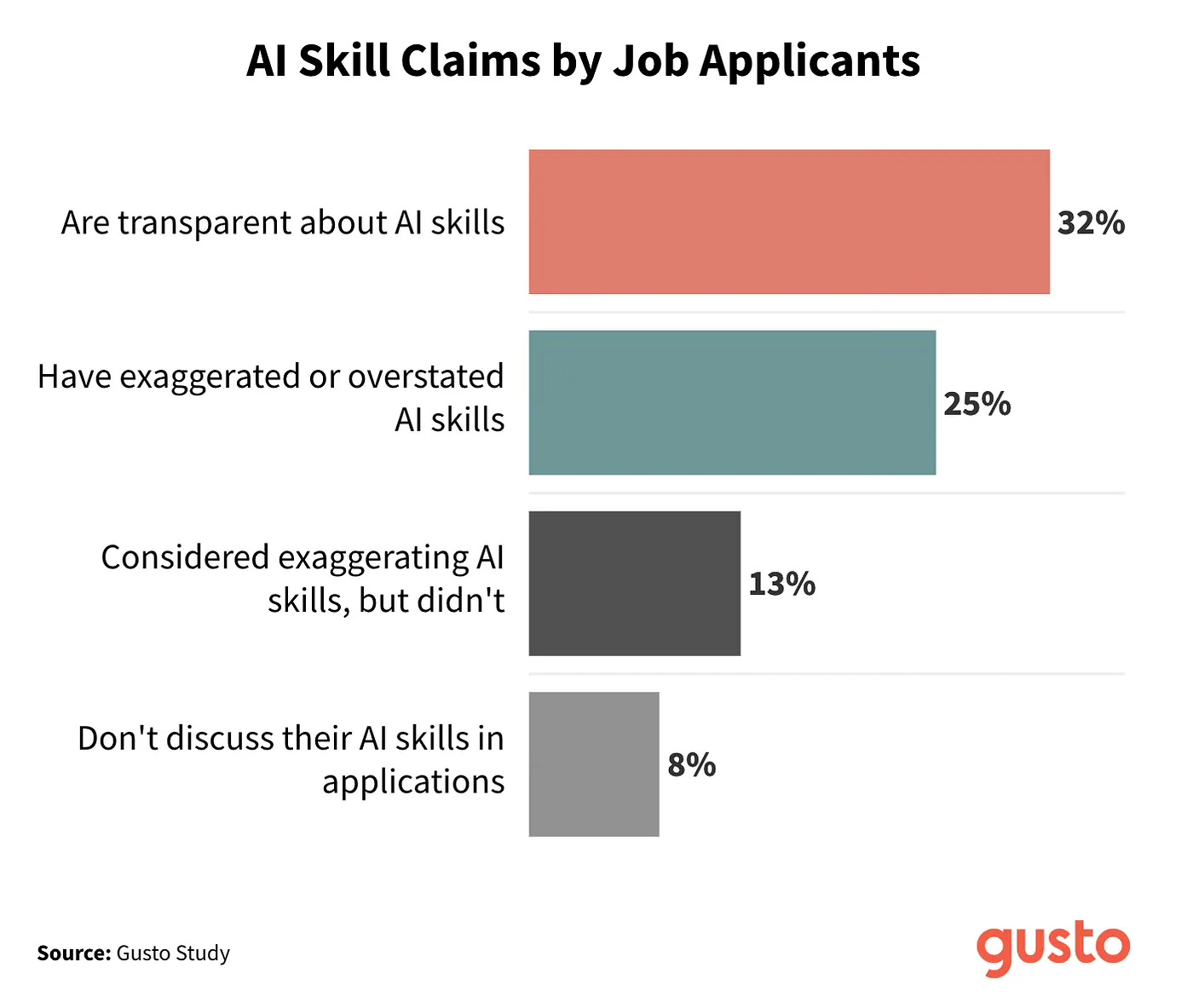
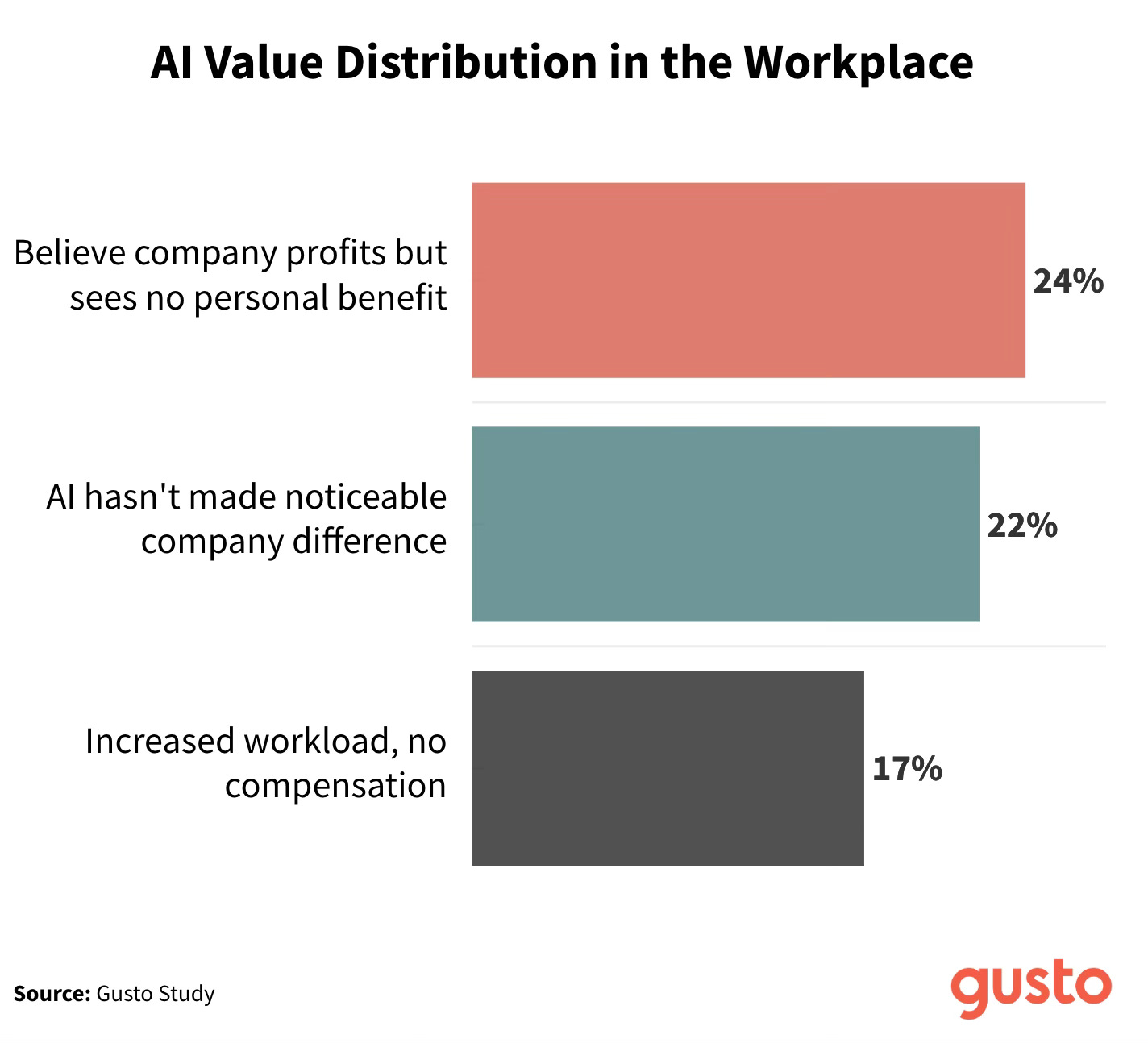
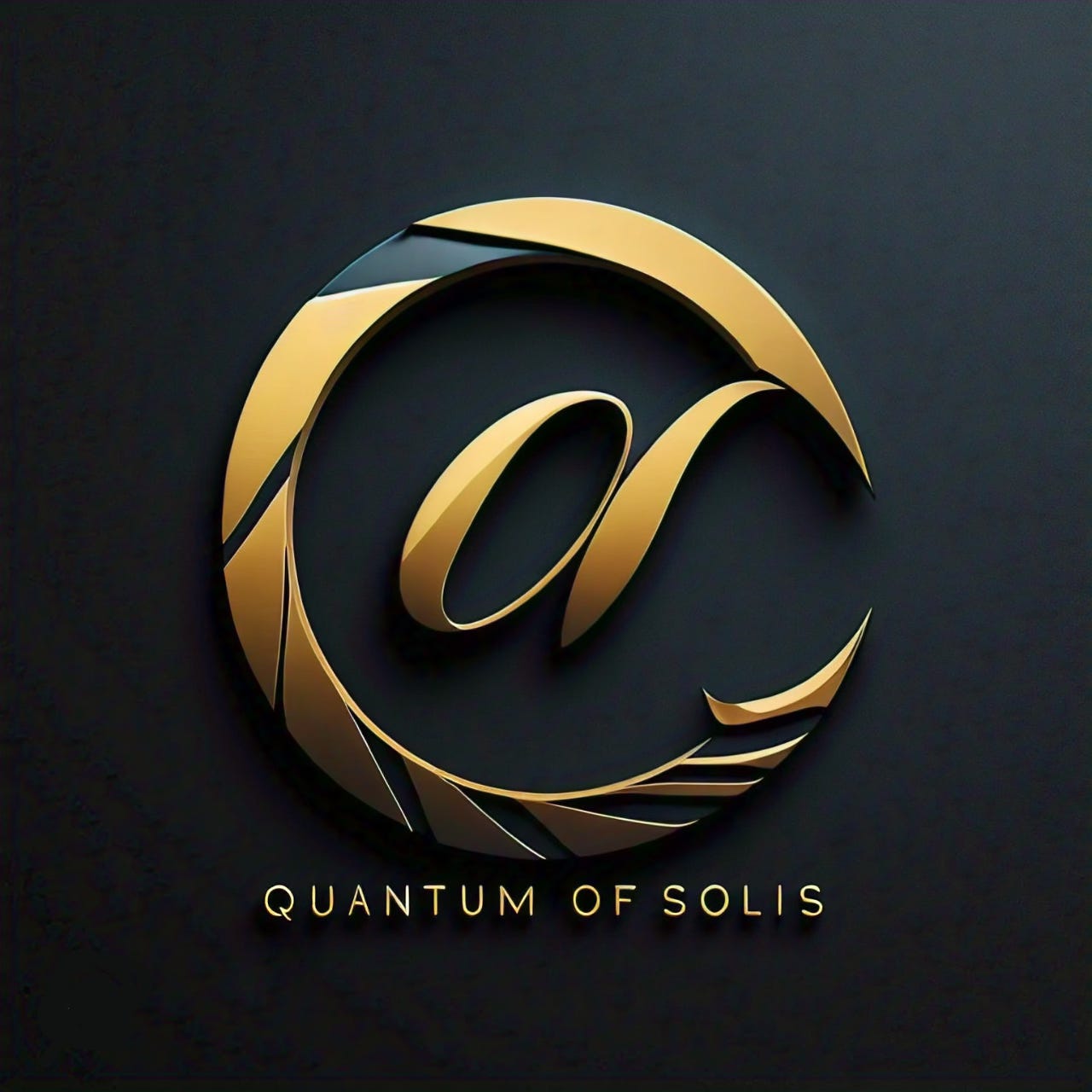
Brian, thanks for surfacing that study. It confirms a tension I felt would exist: AI productivity matched by human anxiety and fear. It’s why that’s become the focus of my attention— what I refer to as AI Technostress. We should not integrate AI technology at the expense of human wellbeing.